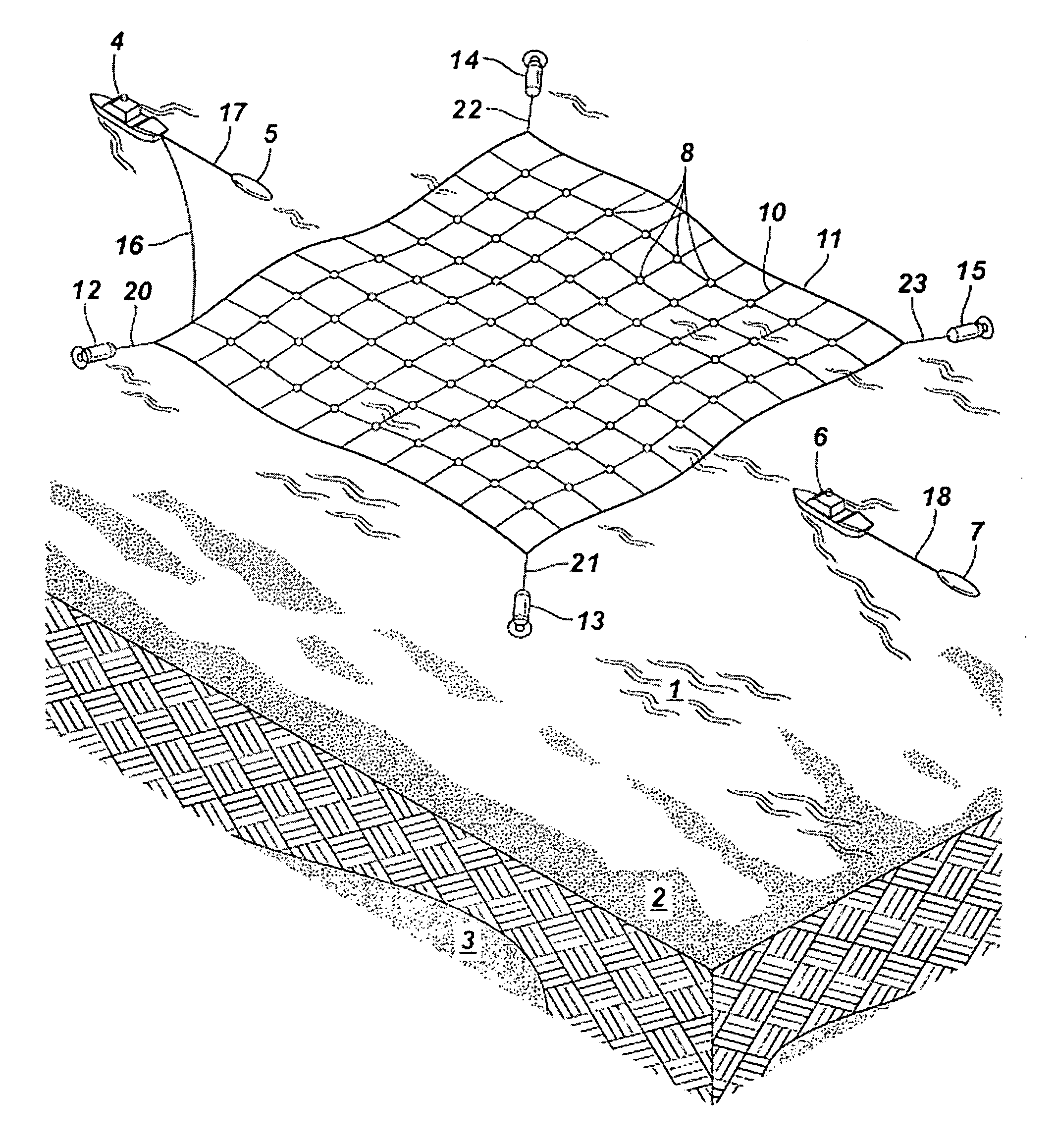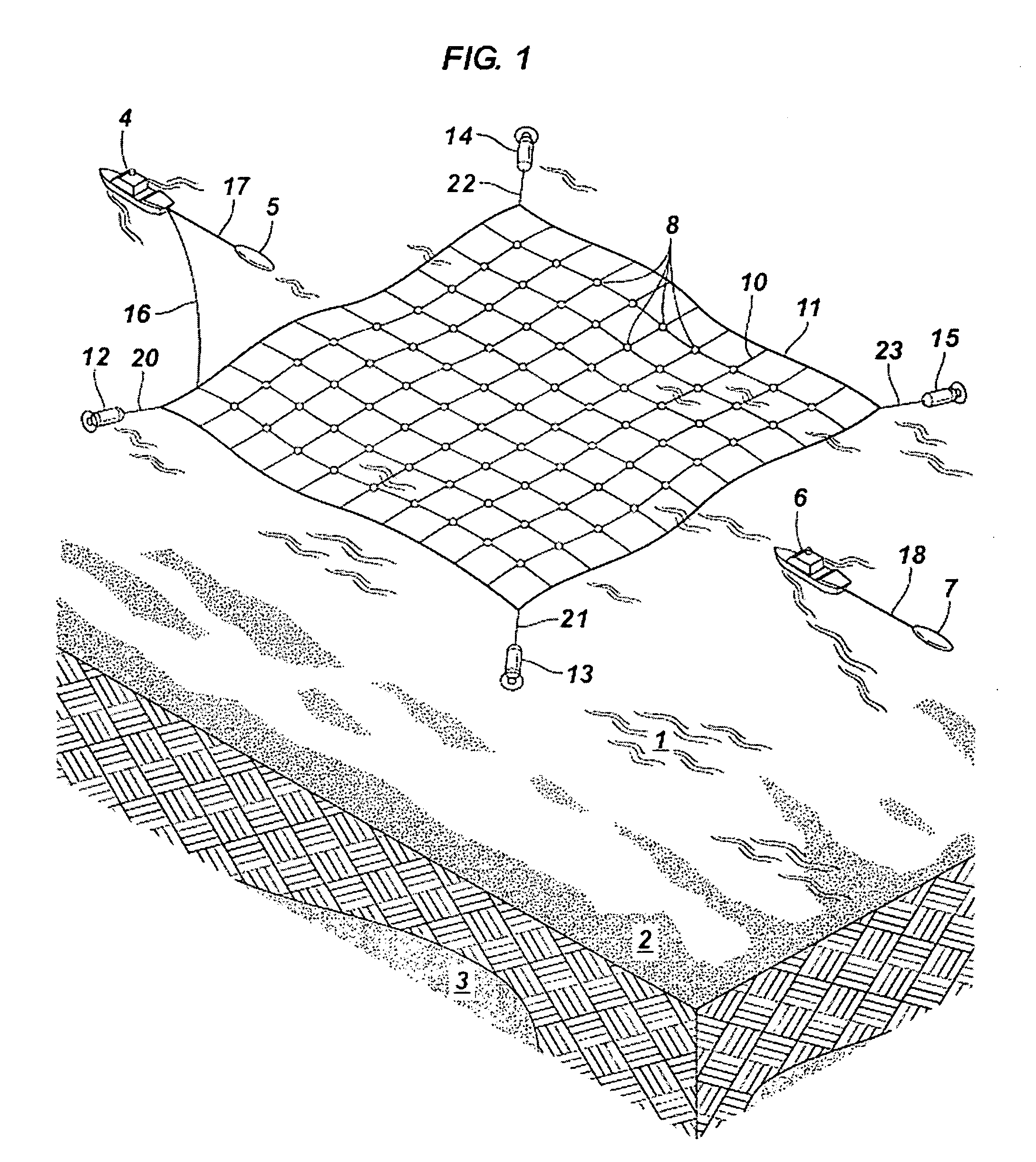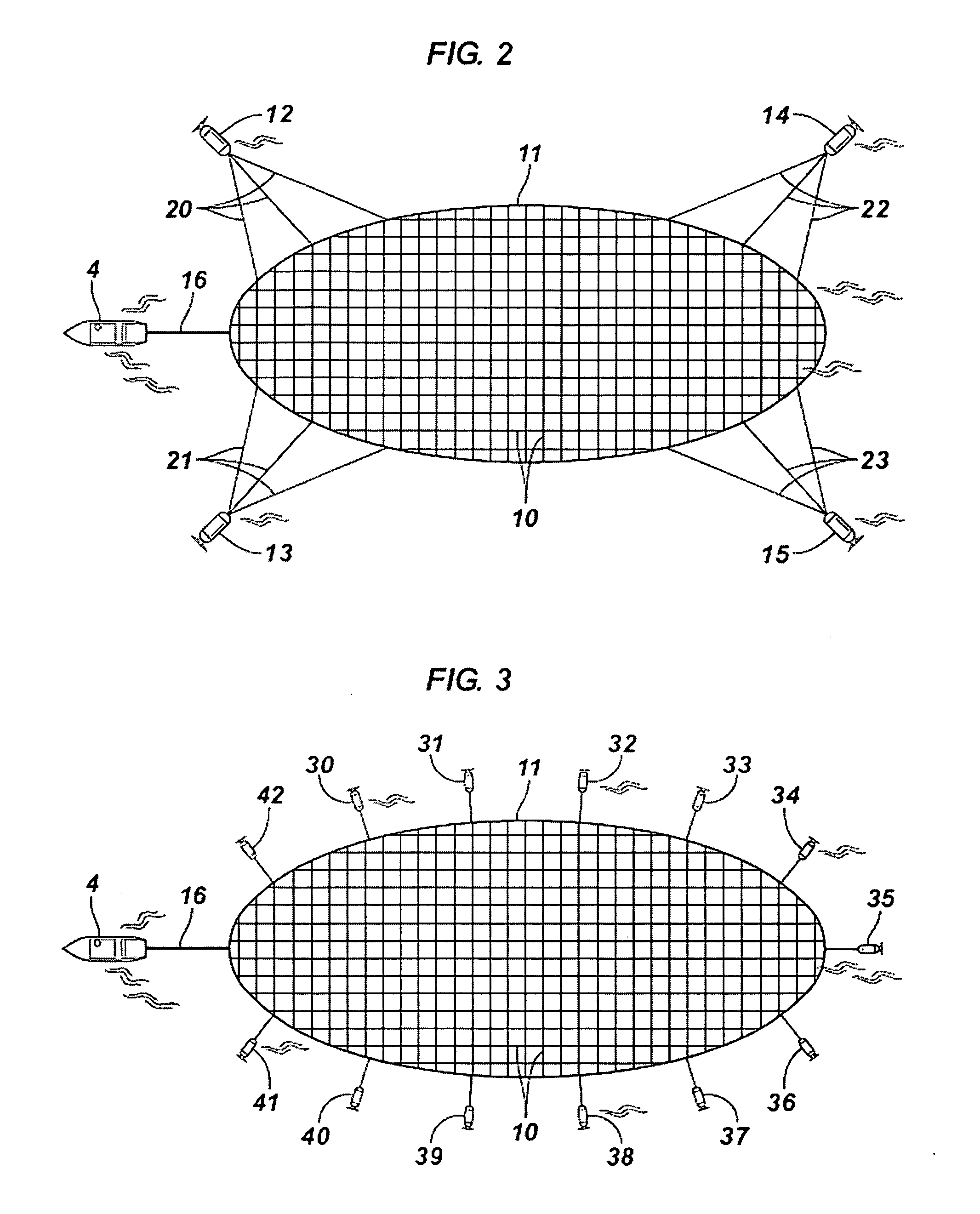Marine seismic data acquisition systems and methods
a seismic data and data acquisition technology, applied in the field of marine seismic data acquisition systems and methods of using same, can solve the problems of affecting the accuracy of seismic imaging, so as to achieve the effect of improving the resolution of seismic imaging and ensuring the accuracy of positioning
- Summary
- Abstract
- Description
- Claims
- Application Information
AI Technical Summary
Benefits of technology
Problems solved by technology
Method used
Image
Examples
Embodiment Construction
[0044] In the following description, numerous details are set forth to provide an understanding of the present invention. However, it will be understood by those skilled in the art that the present invention may be practiced without these details and that numerous variations or modifications from the described embodiments may be possible. For example, in the discussion herein, aspects of the invention are developed within the general context of acquiring marine seismic data in more cost efficient manner, which may employ vessels ranging in cost and complexity. A typical marine seismic vessel adapted to shoot, record, and process seismic signals may include many specialized features and equipment that perform particular tasks or implement particular surveys. However, as will become apparent, the invention is not limited to use of these “tailor-made” seismic vessels. Moreover, those skilled in the art will appreciate that the invention may be practiced in whole or in part with other v...
PUM
 Login to View More
Login to View More Abstract
Description
Claims
Application Information
 Login to View More
Login to View More - R&D
- Intellectual Property
- Life Sciences
- Materials
- Tech Scout
- Unparalleled Data Quality
- Higher Quality Content
- 60% Fewer Hallucinations
Browse by: Latest US Patents, China's latest patents, Technical Efficacy Thesaurus, Application Domain, Technology Topic, Popular Technical Reports.
© 2025 PatSnap. All rights reserved.Legal|Privacy policy|Modern Slavery Act Transparency Statement|Sitemap|About US| Contact US: help@patsnap.com



